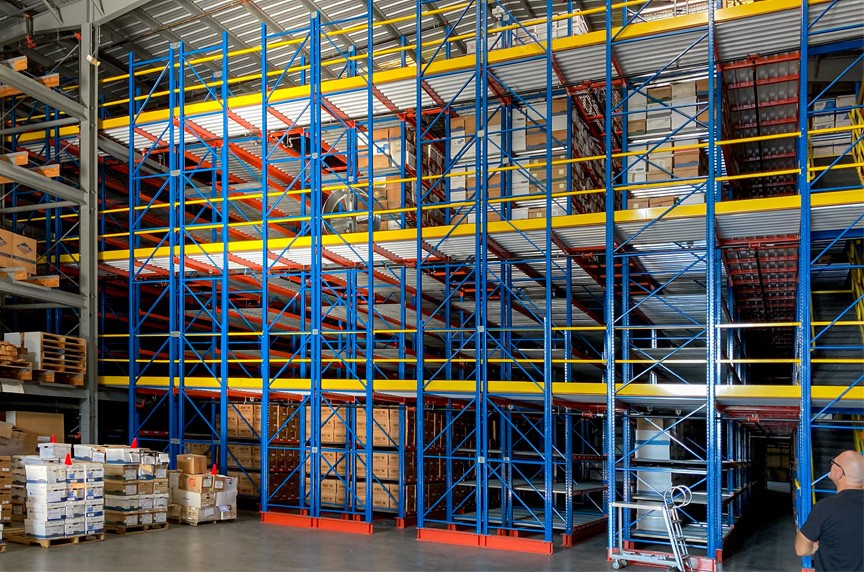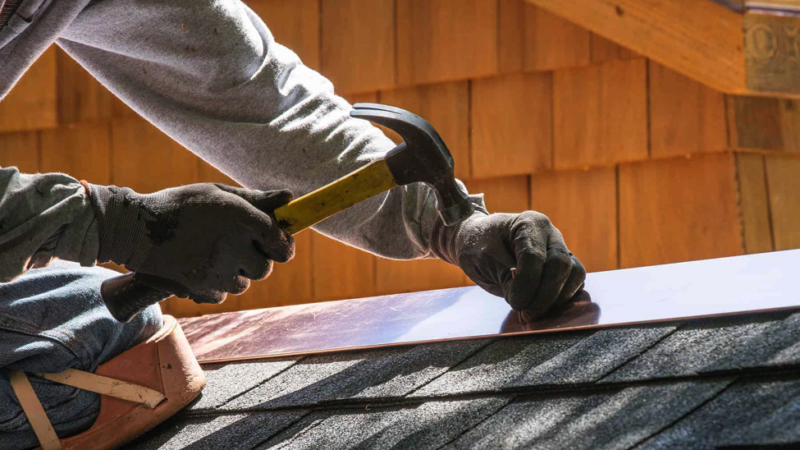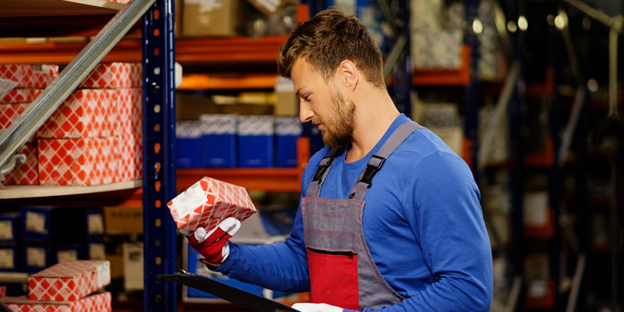Why Is Pallet Racking Inspection Important?

Pallet racks are a necessary component of any distribution center or warehouse. By making inventory easily accessible, they offer a secure and effective means of storing and retrieving goods, which contributes to increased productivity. Pallet racks can be hazardous, though, when they are not kept up with properly. Pallet racks need to be regularly maintained and inspected to ensure their good operating condition, just like any other industrial equipment. Not maintaining your racks properly can result in a number of issues, including potentially deadly mishaps. Regular inspections help you spot possible issues early on and take action to fix them, which lowers the chance of property or person damage.
Why do you need pallet rack inspection?
While not formally codified, pallet rack inspections are required by law in many places in order to prevent pallet rack collapses or falls. Warehouse workers run the risk of suffering serious injuries or even dying when they are close to a pallet rack that collapses or falls. All goods on the rack are susceptible to damage or destruction even in the absence of employees near the fall. The pallet rack system will need to be completely replaced, and if the collapse was caused by negligence, you might be held legally responsible for any harm done to the products or the workers. Frequent pallet rack inspections can avert these consequences, possibly saving you money, and safeguard the health and safety of your staff.
How to check pallet racks?
Rust or corrosion
The pallet racking system’s structural integrity may be compromised by rust and corrosion. Usually, a proper visual racking inspection of the system is sufficient to identify this.
Structural damage
A pallet rack collapse caused by structural damage to anchors, columns, or beams may result in worker injuries or fatalities in the warehouse as well as the damage of goods. Generally, this damage is fairly easily recognized by looking for visible indications of damage. A forklift kind of accident may have happened and the rack may have sustained structural damage if you notice a scrape in the paint.
Load capacity
Pallet rack systems’ load beams are made to support a particular weight. The maximum load is indicated by labels of load capacity on many modern systems; these labels are typically absent from older models. The beams may deteriorate and finally break if the structure’s load limits are exceeded, which would cause a collapse. The beam is structurally compromised if it rotates more than 1/180th of its total length when it is loaded.
Levelness
During the inspection, make sure every pallet rack is level. This is especially crucial if you have older pallet racking systems or if your warehouse has undergone reconfiguration recently. Crooked racks are very likely to fall or collapse, especially when a forklift collides with them.
Upright condition
An essential part of pallet racking are the uprights, which need to be inspected frequently. You should assess the external condition of the uprights during the inspection; if any of the parts are rusted, scraped, or otherwise damaged, there is a significant chance that the rack will eventually collapse.
Base plates
Base plate inspection of the pallet racking should also be included in racking inspections. An anchor along with a securely rooted anchor are required for every base plate. To ensure zero structural damage to the anchor or base plate, you should also visually inspect them.







